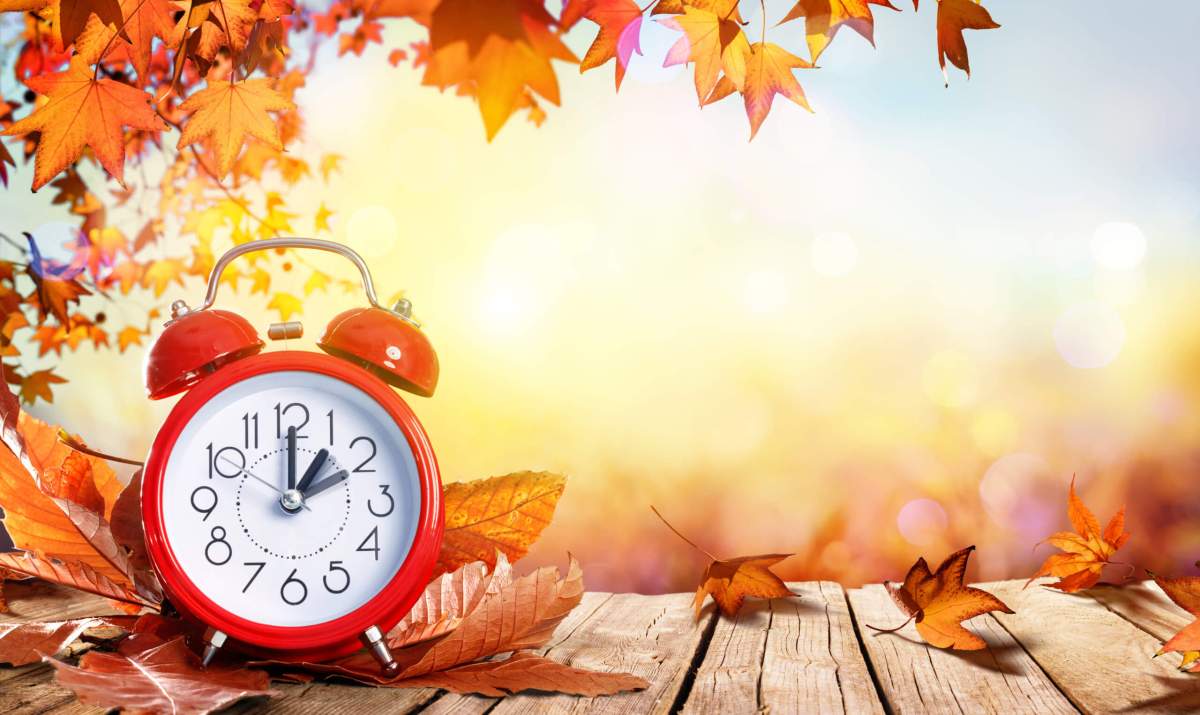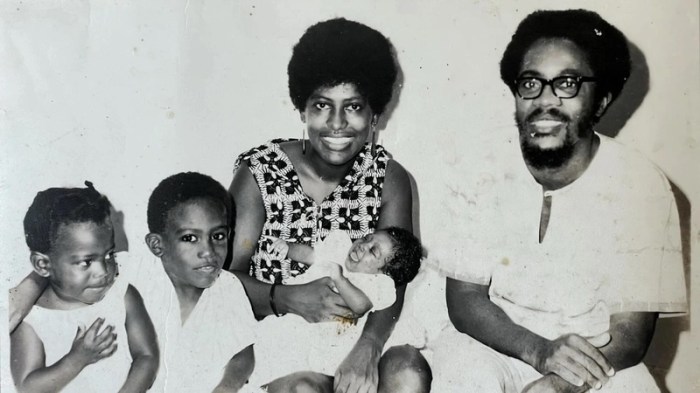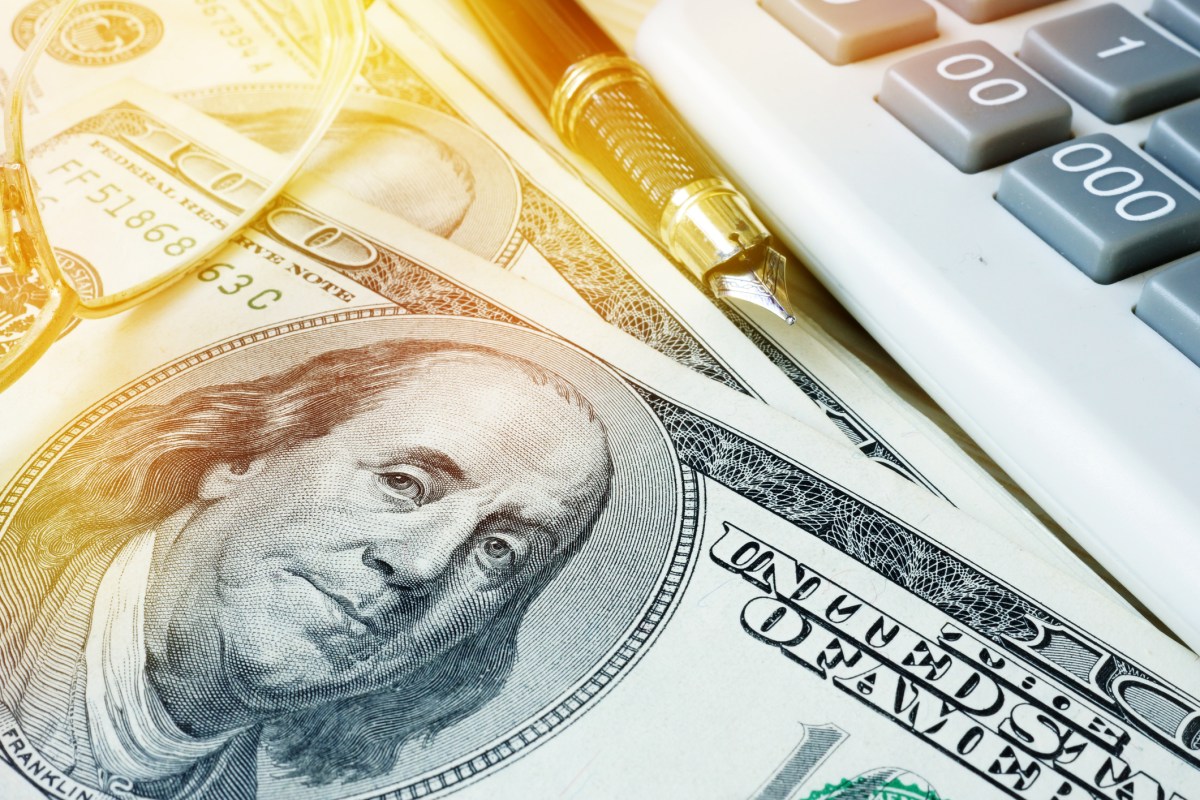“The days grow short when you reach September”
Kurt Weill, September Song
Broadway lyricist Kurt Weill probably penned the words for the 1938 musical “Knickerbocker Holiday” after being inspired by the month chilly temperatures and other climate changes decided the title of his composition of “September Song.”
The melodic and lazy anthem swoons an ode to the calendar period noting the progressive phenomenon that shifts the long lingering light of summer to shortened, darker dawns and dusks as the advent of autumn.
Already a great many citizens are lamenting the abrupt end of summer and what seems like an expedited arrival of darker days in the year.
October offers even shorter and darker days.
In addition, with falling leaves, and early sunsets September ushered a season of limited outdoor activities, concealing wardrobe and gloomy dawn awakenings.
In that era, little did Weill perceive a Daylight savings time, the annual inevitable Congressional mandate which took effect this year on Sunday, March 13 at 2 am.
Nor was the composer familiar with a concept to Spring forward…and Fall back.
Sunday, Nov. 7, Daylight savings time will end at 2:00 am.
That’s when the clock goes back one hour, hence the reminder to ‘fall back.’
Popular belief is that daylight savings time originated to accommodate farmers.
But some farmers argued the one-hour difference in the fall actually made their lives more difficult because they had less time to bring their crops and products to markets.
Another version of its implementation explained DST as a method first used in Germany and Britain in World War I to save fuel.
Speculations ranged from assuring safety for school children to a myriad of logical reasons including one that stated Americans would be more likely to spend more money because given an extra hour, they would be able to go shopping after work if it was still light outside.
Some movie theater owners claimed the practice would affect business because patrons might be less likely to go into a dark theater when it’s bright outside.
Ultimately, the one-hour clock conversion became a problem when some states adopted the measure and others refused.
As a result, in 1966, President Lyndon B. Johnson signed the Uniform Time Act, declaring six months with daylight savings time and six months without.
He also suggested that individual states ‘could opt in or out depending on their constituents’ needs to avoid confusion between municipalities.’
Seven years later, President Richard Nixon called for permanent daylight savings time to cope with the fuel embargo.
But his ideals fell by the wayside and the six-month precedent was upheld.
Another adjustment in 1986, extended daylight savings time to seven months.
By 2005, eight months of daylight savings time guided the calendar.
It’s debatable whether or not daylight savings time actually saves energy or fuel.
According to the US Department of Transportation, daylight savings time saves energy because people use fewer lights in their home and spend more time outdoors.
Reportedly, there is also a correlation with fewer traffic accidents and injuries, as more people are commuting during daylight, as well as a reduced crime rate because of increased daylight.
On the other hand, with dark conditions at the end, allegedly there are increased traffic accidents, emergency room visits, suicide attempts and patients suffering from depression.
Hawaii does not observe daylight savings time, and neither does areas of Arizona.
Other United States territories, including American Samoa, Guam, Puerto Rico, and the Virgin Islands, also don’t observe daylight savings time.
In 2018, California and Florida opted to switch to daylight savings time permanently.
In order to dull the negative aspects of the time change, experts recommend adjusting the sleep schedule in 15-minute increments in the days leading up to daylight savings time changes.
They also agree with the notion that exercising and enjoying sunlight in the morning daylight will jolt one’s internal clock to the current time.
Other suggestions to avert negative effect from the darker days are to avoid caffeine, alcohol and naps.
Another solution might involve turning off electronics and lights in the bedroom at least one hour before going to sleep.
Catch You On The Inside!



























